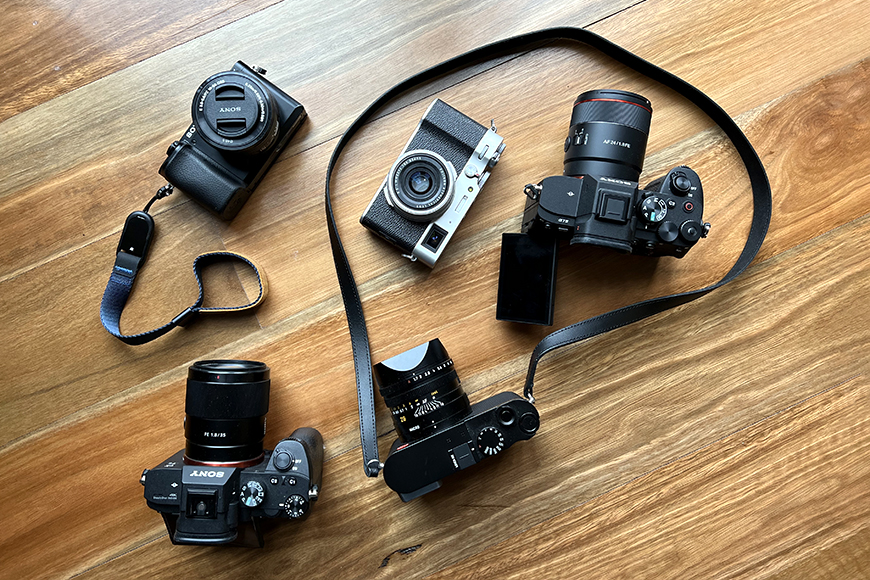In recent years, the photography world has witnessed a remarkable shift with the rise of mirrorless cameras. These compact yet powerful devices have been rapidly gaining popularity among both amateur enthusiasts and professional photographers, challenging the dominance of traditional DSLRs (Digital Single-Lens Reflex cameras). In this article, we will delve into the factors driving the ascent of mirrorless cameras and how they are reshaping the photography landscape.
Smaller and More Portable
One of the most notable features of mirrorless cameras is their size and portability. Unlike DSLRs, which rely on a complex mirror and optical viewfinder system, mirrorless cameras do away with the mirror mechanism, resulting in a more compact and lightweight design. This reduction in size makes mirrorless cameras an excellent choice for photographers who value mobility and convenience. They are easier to carry on trips, hikes, or daily outings without compromising on image quality.
Interchangeable Lenses and Versatility
Mirrorless cameras retain the versatility of interchangeable lenses, offering a wide range of options to suit various photographic needs. Whether you’re into landscape photography, portrait shooting, or macro work, there’s a lens for every situation. The absence of a mirror allows these cameras to use shorter flange distances, making it possible to adapt lenses from other systems with the right adapter. This flexibility expands the creative horizons for photographers who can experiment with different lenses and styles.
Advanced Autofocus and Image Stabilization
Mirrorless cameras excel in autofocus technology. Many models incorporate sophisticated autofocus systems with a multitude of focus points that cover a larger portion of the frame. Some even employ advanced features like eye-tracking and subject recognition, ensuring that your subjects are consistently in sharp focus. Additionally, in-body image stabilization (IBIS) is a common feature among mirrorless cameras, reducing the effects of camera shake and allowing for smoother handheld shooting.
Electronic Viewfinders (EVFs) and Real-time Feedback
One of the defining characteristics of mirrorless cameras is the electronic viewfinder (EVF) or, in some cases, the high-resolution LCD screen. Unlike optical viewfinders found in DSLRs, EVFs provide real-time feedback on exposure, white balance, and other settings. This means photographers can see the exact effect of their adjustments before taking a shot, making the creative process more intuitive and efficient.
Video Capabilities and Future Innovations
Mirrorless cameras are not limited to still photography; they are also formidable tools for videographers. Many models offer impressive video recording capabilities, including 4K and even 8K resolution, with features like focus peaking and zebra patterns for precise control over video quality. As technology continues to evolve, mirrorless cameras are likely to remain at the forefront of innovations in both photography and videography.
Conclusion
The rise of mirrorless cameras marks a significant shift in the world of photography. Their compact design, versatility, advanced features, and real-time feedback make them an appealing choice for photographers of all levels. As the industry continues to embrace mirrorless technology, we can expect even more exciting developments in the world of photography, ensuring that mirrorless cameras will continue to shape the future of visual storytelling.
